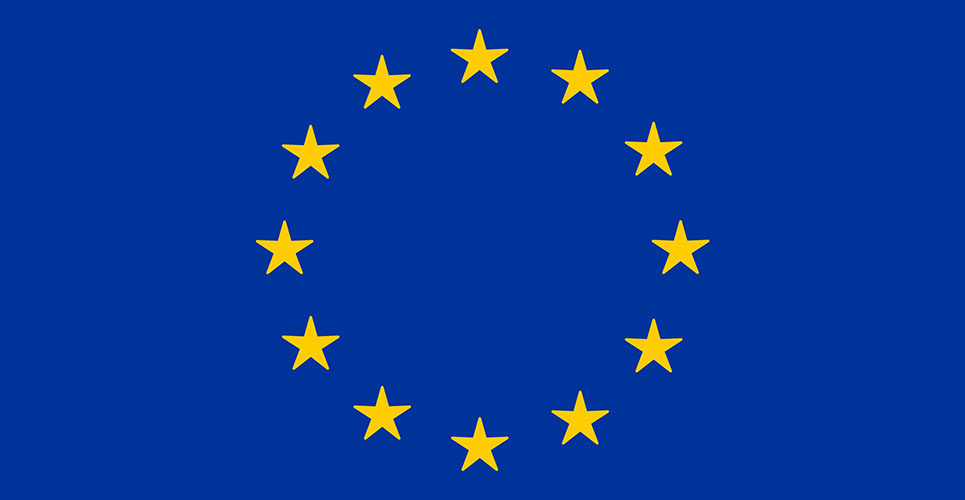teaser
The European Commission is consulting on measures to tackle the rise in fake medicines. Although the measures may be costly, they are certainly welcome
Brian Edwards
CBE
Emeritus Professor of Healthcare Development
University of Sheffield
UK
President
HOPE (European Hospital and Healthcare Federation)
Brussels
Belgium
Counterfeit medicines are a growing threat to public health, according to the European Commission (EC).[1] There has been a sharp increase in the amount of counterfeit medicines seized at EU borders. And counterfeiters are adding lifesaving drugs to their more traditional focus on lifestyle drugs: fake drugs for treating cancer, heart disease and mental health problems. These often have a significantly lower quantity of active ingredient than that declared.
Another trend is for counterfeiters to attempt to insert their products into traditional supply chains, including authorised wholesalers, parallel traders and pharmacies that deal with high volumes. The UK Medicines Agency reported that the number of incidents affecting the regular distribution chain has steadily increased since 2004, with counterfeit medicine reaching patients on nine occasions and necessitating batch recalls. The agency discovered a further five cases at wholesale level. Targeted product recalls are very difficult, if not impossible, with counterfeit products. Product integrity may also be put at risk when manufactured packs are opened for repackaging and relabelling.
The EC has identified a number of areas of regulation that need to be tightened as a means of providing a higher level of protection against counterfeit drugs. One idea in the consultation paper is to make all the actors in the distribution chain subject to pharmaceutical legislation, including brokers and agents who do not actually handle products but act via business-to-business platforms. Supply-chain inspections need to be strengthened, including those in countries outside the EU which manufacture drugs for sale in Europe.
A unique manufacturers’ seal is also proposed, supported by a ban on repackaging which includes outer packaging. There could also be a unique and centrally available record to facilitate traceability of batches throughout the supply chain. This “centrally available pedigree” should help trace back products when there is cause for suspicion, as well as quality defects or when there are relevant pharmacovigilance reports. Identifying which specific organisation has handled a specific pack at a specific point in the supply chain will require mass serialisation of products, but this could be limited to products judged to be at highest risk of counterfeiting.
The manufacture of active ingredients is also targeted for tighter control, including introduction of a mandatory notification procedure. Unannounced inspections of active-substances manufacturers are also planned; this will extend to manufacturers outside the EU.
If implemented, these ideas will certainly make the introduction of counterfeit products into supply chains more difficult. However, there is a substantial cost in increased bureaucracy and policing which will eventually work its way through to higher drug prices for health providers and consumers. Within the EU, draconian penalties could be agreed for convicted counterfeiters. Counterfeiters operating outside the EU are more difficult to handle but full public exposure and loss of all business will help, as would intergovernmental agreements on how to deal with convicted criminals.
Manufacturing and selling counterfeit medicines is a truly evil business. The pharmaceutical industry has welcomed the EC’s consultation. ■
1. European Commission. Public consultation in preparation of a legal proposal to combat counterfeit medicines for human use. Brussels: Enterprise and Industry Directorate-General; 2008

